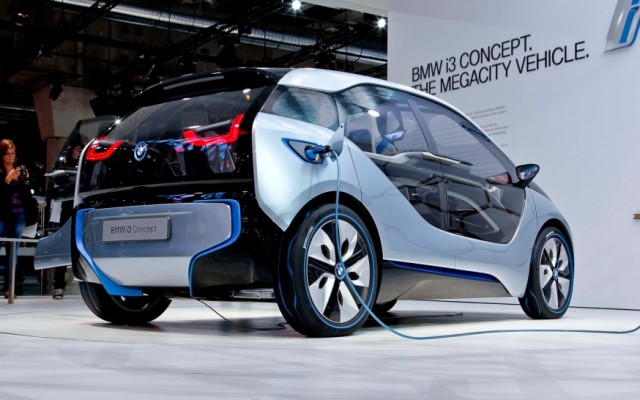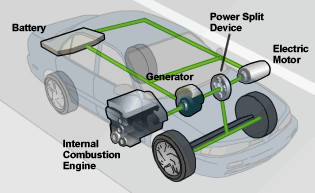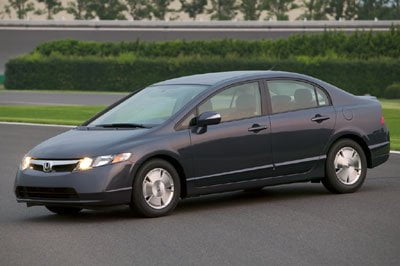MY INSPIRATIONS BEHIND RESEARCH
I was going down memory lane and was reminded of all the ‘SAVE THE ENVIRONMENT’ protests and campaigns that I took a part in , as a child, during school day and also against how cars were, and still are, a major contributor to polluting the environment. If only there were some way to reduce this pollution, increase efficiency and reduce costs, will the world be a better place. I started my research on hybrid cars, and man I tell you, I love the speed with which technology is evolving! My concern for the environment as a kid was my main inspiration behind forcing my parents to switch to CNG from petrol and diesel (in whichever cars possible, of course). And today, I can force them to buy a hybrid car instead, maybe (or maybe they could just kick me out of the house for being a nagging presence) either way, this is the technology all environmentalists have been waiting for, and something to provide relief to car makers from nagging environmentalists too.
A HYBRID WHAT?
A hybrid car is one that uses one or more power sources to move the vehicle; that means a hybrid will have a traditional internal-combustion engine and a fuel tank, as well as one or more electric motors and a battery pack. At the moment, that means combining a normal petrol or diesel engine with an electric motor. So the question at hand is, what are hybrid cars actually made up of? How do they function? The main components and functions of a hybrid car are:
- Motor-generator (or electric motor in layman terms) draws electricity from the battery and provides supplemental acceleration when operating as a motor; also performs the start-stop function of the car. Hybrid-control software shuts the engine off while stopped at traffic signals and automatically restarts it again with the electric motor when the driver releases the brake pedal, eliminating the fuel wasted by an idling gas engine that causes the overall MPG to climb significantly and tailpipe emissions to drop, especially in town.
- Regenerative braking: Normal cars waste all of their excess momentum to heat in the brakes, while slowing down the car; a hybrid car absorbs this heat to recharge the battery with the help of the motor generator. However, conventional hydraulic brakes can’t be totally done away with, because regenerative breaking is insufficient to stop a car quickly.
- Electric drive: Operating the vehicle on electric power alone is possible if the hybrid system has enough electrical capacity; but the maximum speed and distance over which electric-only operation can be sustained, varies from essentially zero to a handful of miles, and has everything to do with the weight and aerodynamics of the vehicle, the strength of the motor-generator and the capacity of the battery.
HYBRID LAYOUTS
- Series hybrids:This oldest hybrid type layout is being used by Diesel-electric locomotives and ships since the 20th Electric motors are large and powerful in this type of layout and are needed to turn the drive wheels. But a series hybrid is not a “pure” electric vehicle; having a dedicated engine that burns fuel and expels emissions. The 2014 BMW i3 and the out-of-production 2012 Fisker Karma use series hybrid systems.
- Parallel hybrids:The engine is responsible for propelling the vehicle; the electric motor provides an extra boost, and if it’s large enough, it may be the car’s only source of propulsion for short distances. These are the simplest and least costly type in current automotive use. In conventional parallel hybrids, such as the Civic Hybrid from Honda, regenerative braking is the sole source of recharging power for the battery.
- Series-parallel hybrids: Hybrids that offer the largest gains in mpg, the highest electric-only speeds and the longest electric-only run times. Conceptually, the engine and the electric motor feed into the transmission via separate paths, enabling fully independent propulsion via the engine or electricity. In a series-parallel hybrid vehicle, a computer monitors driving conditions and the state of the battery to decide which mode is most efficient at any given moment (it’s like the best of both worlds’ type situation). Series-parallel hardware is more expensive, but the payoff in efficiency is huge Ford’s C-Max and Fusion hybrids and all Toyota and Lexus hybrids use series-parallel systems.
- Plug-in hybrids:(can be based on any of the above layouts) Their distinguishing characteristic is that, the electric driving range could go beyond a mile or two possible with regular hybrids- due to a significantly enlarged battery- which could also be recharged while parked by plugging into an electrical outlet. Reserving fuel for longer trips, the plug-in hybrid can travel in an all-electric mode for most short distance trips; a feature that can boost fuel economy into 100 MPGe territory. Plug-in hybrids include the Ford Fusion Energi, Toyota Prius and a version of the Honda Accord.
THINGS TO REMEMBER!
- In hybrids with enough battery capacity, the engine driven compressor of the air conditioner is replaced with the electrically driven compressor. The “Eco A/C” mode needs to be engaged, for lower cost hybrids which retain their engine driven compressors, to limit compressor function when car is stopped; else the engine can’t shut down at stoplights and their aren’t much of fuel savings.
INDIA’S ACCEPTANCE TO HYBRID
- Government of India is chalking out a scheme to encourage sales of EVs (electric vehicles) and hybrid vehicles in India, which would involve a colossal investment ofa few thousand The subsidy will be a proportion between the costs of fossil fuel required for running a car as against that of an electric or hybrid vehicle. The Department of Heavy Industry has suggested that owners of pure electric vehicles should get a maximum subsidy of 35 per cent, while customers who opt for hybrid vehicles that can run up to 15kms at one go should get benefit of 25 per cent.
- The Government of Delhi is also contemplating offering a subsidy to those who wish to switch to electric cars by adding a special conversion kit in their car. For the ease of customers, government is also mulling the installation of public charging points.
- However, the current hybrids available in the market, like the Toyota Camry (hybrid), are too expensive for the middle class; this weighs out the advantages of fuel savings.
Though we hope to see Hybrids on the Indian roads very soon!
-By Shreya Gupta







































